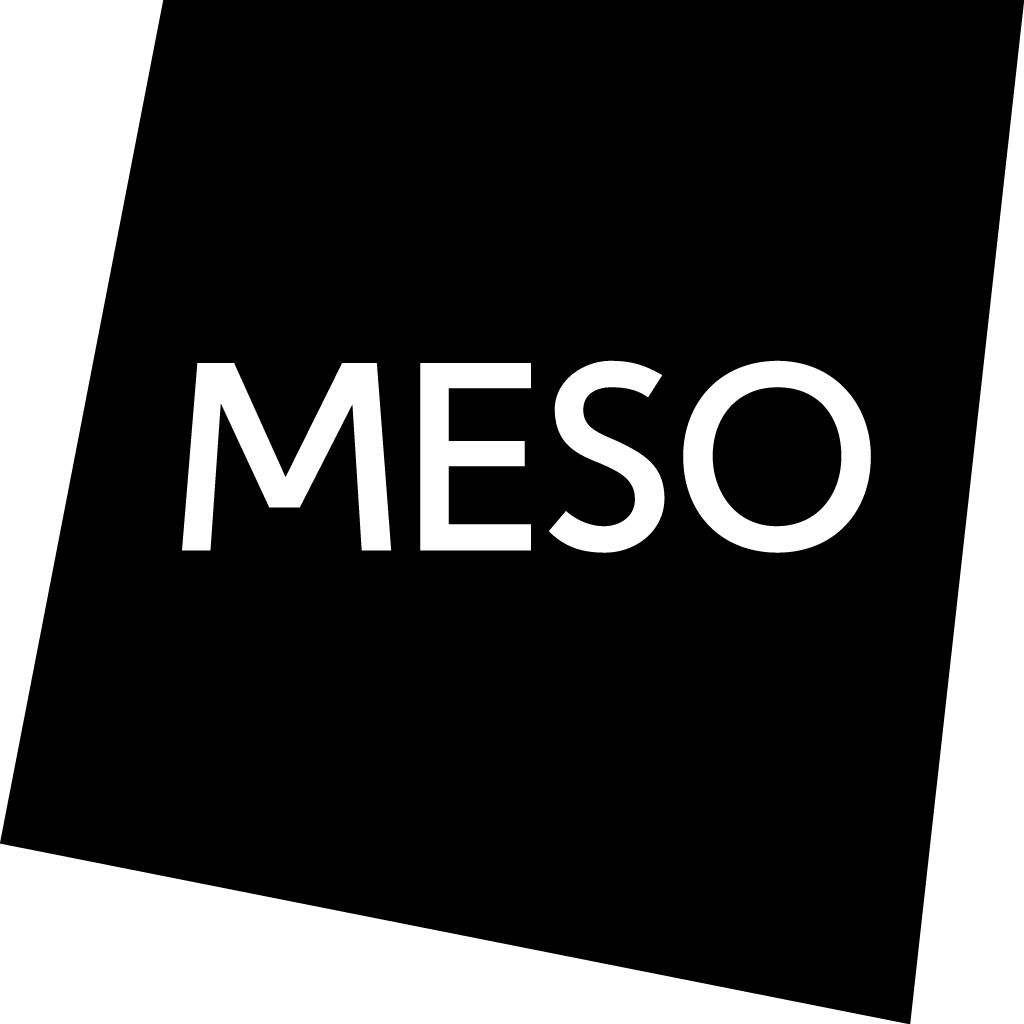Museum Friedland
Oschatz / Wolf / Wollin
Gutleutstraße 96
60329 Frankfurt am Main
++49 69 2 40 00 30
digitalinteriors@meso.net
- Project: Museum Friedland
- Date: January 2016 - March 2016
- Client: Lower Saxony Ministry for Internal Affairs and Sport / Museum Friedland
- Partner: arge Gillmann Schnegg
- Location: Friedland
- http://www.museum-friedland.de
The Friedland transit camp was created just after the Second World War by the Allied Forces in order to gather all prisoners of war that were being released at that time as well as displaced people. They were funneled through one place – ‘Lager Friedland’ – and in cooperation with Red Cross and other organizations tried to reunite them with their families. The refugee camp has continually existed from 1945 until today. When prisoners after World War 2 had all returned home in the late 1950s, a new generation of refugees took their place, for example refugees from Chile or from Vietnam in the ’70s, and the so called ‘Spätaussiedler’, who are Russians with German ancestors, that came back in the ’80s and ’90s. Today there are refugees from Syria, Iraq, Afghanistan and other parts of the Middle East.
The Friedland Museum is a about 400m² renovated railway station that is no longer used for train services. It´s just a few minutes walk from the transit camp and supposed to only be the first part of a larger complex of documentation center that is going to celebrate the history and the importance of Friedland. Currently in contains more than 400 documents, photographs, audio recording and further exhibits.
For the upcoming permanent Exhibition of Friedland Museum, “Friedland – Perspectives of Migration”, we were hired as experts on media installations. Often times you have all of the rooms layout for you and a fully functioning museum that only has plans to renovate a single aspect of its collection or something. In this case we were able to work from the ground up.
The media installations we designed are very fundamental to the exhibition so we had to design an operating system that the entire museum runs on, including an personalized audio guide.
With our custom designed audio guide system you touch a NFC-tag at spots hidden in the wall or next to an exhibit or monitor. When touching the NFC-tag with your handset you will not only playback audio but it will also start the projection show around you. Elsewhere it will trigger a light show in the room you are in and it will start a video that is playing on one of the monitors or surfaces we are projecting on. The concept of a smart little device that the visitor gets in his hands and that is connected with the artifacts and exhibits in the exhibition through NFC and wireless, changes the entire atmosphere in the room and the media systems around you, is something that can be expanded quite a lot.
The museum media has gotten so smart through use of quite sophisticated programming that it is becoming very natural and unobtrusive to use.
Exhibition Media: Audio Guide, Projection Mapping Installations & Virtual Facsimile
The MESO Team:
Max Wolf, Johannes Roth, Valérie-Françoise Vogt, Johannes Lemke, Sebastian Kujas, Theron Burger, Timon Skerutsch, Anton Kluev, Aeneas Stankowski, Anna Rack, Moritz Cramer
